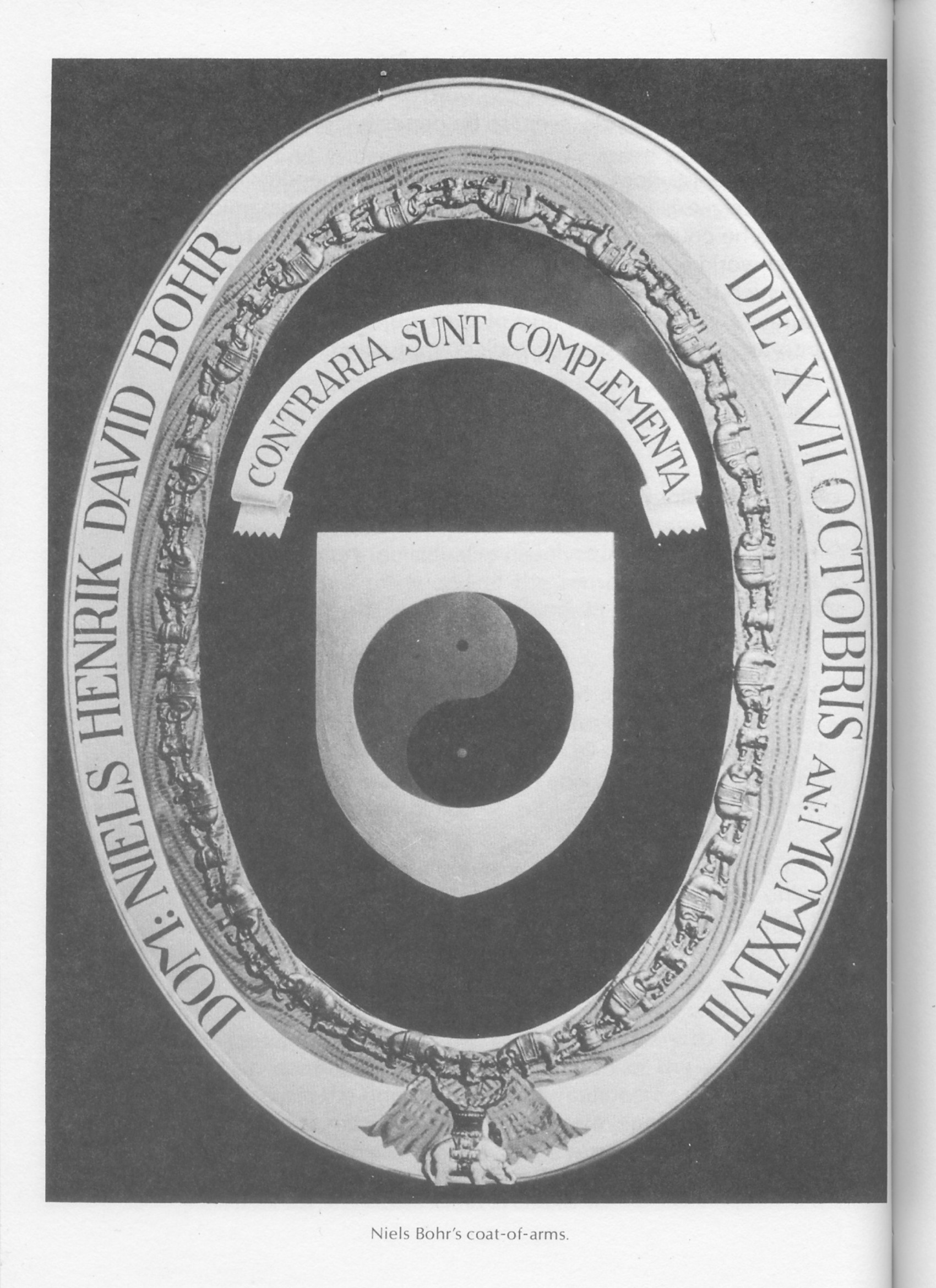Overview
Is I Ching Fortune-telling?
Fortune-telling is very popular in Japan currently. A fortune-telling based on the blood type, the animal characters and astrology are most popular ones among the many. There is one common and very characteristic feature in these fortune-tellings. It is that the result of a fortune-telling is already decided before you ask, depending on the initial condition (Majority are date of birth as an initial condition). The differences are only the evaluations of the initial condition as how to combine. The representative player of these initial condition type fortune-tellings might be "Shi-Chu-Suimei" and be the Western Astrology.
Nothing but one "Fortune-telling" by which you don't get the answer under an initial condition exists.
It is I Ching.
The I Ching is said to be born about 4,000 years or more ago (I wonder which history is older I Ching or the ramen noodle?) in China.
I Ching consists of 64 guas and 384 (64 * 6) yaos.
Below shows an example of a gua, named Tai, which represents "Advance" state.

A gua or hexagram is composed of six yin and yang lines, arranged from the bottom to the top one by one (each line is called yao in Chinese). Yin (The symbol is broken line like , expressed 0(Zero) here in this Home Page) represents feminine and the receiver of energy. Yang (The symbol is solid line like
, expressed 1(One) here in this Home Page) represents masculine and the donor of energy. It is said that the definition of each guas were set by King Wen, a founder of Zhou dynasty(1122-221 B.C.) and yaos by The Duke of Zhou. Afterward, the main commentary (Ten Wings) is said to be attributed to Confucius(551-471 B.C.).
The I Ching is said to be brought into Europe in the latter half of the 17th century, and it is said that Leibniz, the inventor of binary arithmetic and an early investigator of probability, was interested in the relation between I Ching and the binary notation.
Details will be described later how Leibnitz contributed to the present Electronic I Ching in the Quantum Mechanics Model. Neils Bohr was so impressed with the connection between the I Ching and the various duality in quantum theory that, when he was knighted, he made the T'ai Chi symbol a part of his coat of arms.
There are many kinds of ways to divine I Ching; from easier one to the traditional and authenticated one.
One characteristic feature common to all the divination of I Ching is to obtain the final result by repeating randomized process. The randomizing process seems to create a some kind of rule, then ancient Chinese put the appropriate meaning to the result.It is called a decision making in general in human society to make up one's mind by oneself whatever the process is chosen. It is to judge the things and decide what action to take that is sometime very hard. The important thing here is how one decides even in the case that he feels difficult to judge rationally or logically. This is the case where I Ching comes in.
Therefore, I Ching is not just a fortune-telling, but a tool to help people to make a decision.
I want you to experience I Ching first of all (Try "GO" in the left column). In this homepage, the most legitimate method (The 50 Yarrow Stalk method) from the ancient China is adopted. The followings are the points to keep in mind when using I Ching effectively.
1. It should be a theme that is not logically decided.For instance, arithmetic result like 1 + 1 should not become the theme of I Ching because the result is rationally calculated.
2. Have sincerity, with full of wish, and click the mouse on the "GO" button.
The clicked moment is "the moment" connected with the unvisible hands of God where your wish is passed.
It is very important that one should have sincerity, and deeply set one's heart on what one is going to determine. I Ching does not answer the intrigues.
It is considered that whole divination process is explained by the following five steps in the Quantum I Ching Mechanics.
STEP1. By the sincere click with full of wish,
STEP2. The "Now" of the wave function of the shaded world is observed,
STEP3. Superposition of the wave functions is reduced to the proper state of "Now" as a result of the observation,
STEP4. By non-local interaction in the single state of coupled spins,
STEP5. The status of the shaded world is transmitted to the gua, or the yao of the gua, of I Ching of the discernment world. The detail will be described later.
3. Do not click successively two times or more on the same theme. (The Decision of "Meng"(Childhood) says; On the first divination, I Ching gives right, repeating again is contemptuous and ignored)
#Warning; The author does not assume any responsibility of the result of eI-CHING divination, whichever hits or does not hit at all.
Please do not take it amiss.
(April 30, 2001; Copyright of the first edition by Cold Spring)